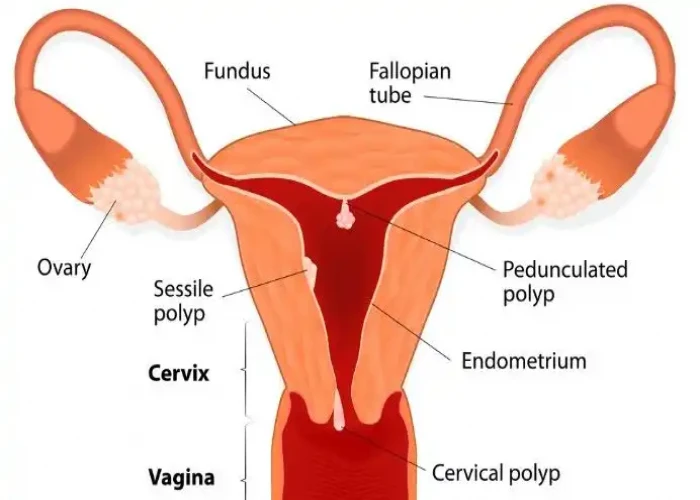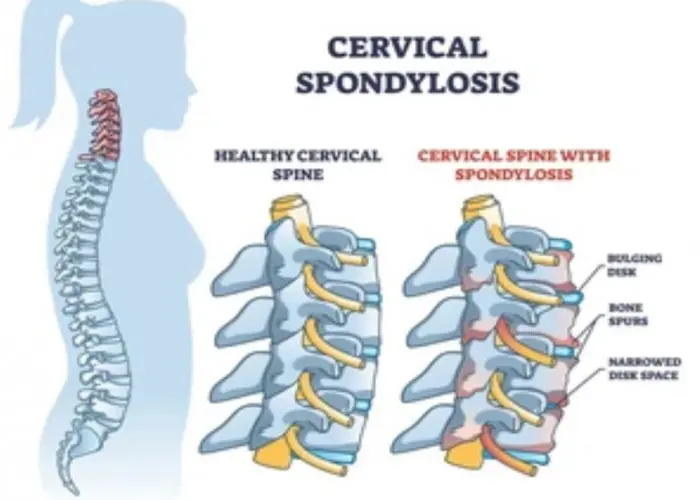 Welcome
Welcome
“May all be happy, may all be healed, may all be at peace and may no one ever suffer."
Acute flaccid myelitis (AFM)

Acute flaccid myelitis (AFM) is a rare neurological condition that causes sudden and severe weakness in one or more limbs, along with a loss of muscle tone and reflexes. AFM affects the gray matter of the spinal cord, which is responsible for controlling muscle function and sensation.
The exact cause of AFM is not known, but it is thought to be caused by viral infections, such as enterovirus D68 (EV-D68), as well as other factors such as environmental toxins, genetic predisposition, and underlying medical conditions.
Symptoms of AFM typically develop suddenly, over the course of a few hours to a few days, and may include weakness in the arms or legs, difficulty swallowing, facial drooping, and slurred speech.
Diagnosis of AFM is made through a combination of physical examination, imaging tests such as MRI, and nerve conduction studies.
Treatment for AFM is typically supportive and may include physical therapy, medications to manage symptoms, and rehabilitation to help improve muscle function and mobility. There is currently no cure for AFM, and the long-term outlook for individuals with the condition can vary depending on the severity of their symptoms and the success of their treatment.
It's important to seek medical attention if you or a loved one has symptoms that suggest AFM, as prompt diagnosis and treatment can help prevent further muscle weakness and improve overall health outcomes.
Research Papers
Disease Signs and Symptoms
- Weakness and numbness in legs
- Weakness and numbness in arms
- Weak muscle tone (hypotonia)
- Loss of reflexes
- Facial droop and difficulty making facial expressions, such as closing your eye or smiling
- Difficulty swallowing (dysphagia)
- Pain in the neck, jaw, throat, upper abdomen or back
Disease Causes
Acute flaccid myelitis (AFM)
Acute flaccid myelitis might be caused by an infection with a type of virus known as an enterovirus. Respiratory illnesses and fever from enteroviruses are common — especially in children. Most people recover. It's not clear why some people with an enterovirus infection develop acute flaccid myelitis.
In the United States many viruses, including enteroviruses, circulate between August and November. This is when acute flaccid myelitis outbreaks tend to occur.
The symptoms of acute flaccid myelitis can look similar to those of the viral disease polio. But none of the acute flaccid myelitis cases in the United States have been caused by poliovirus.
Disease Prevents
Acute flaccid myelitis (AFM)
There's no specific way to prevent acute flaccid myelitis. However, preventing a viral infection can help reduce the risk of developing acute flaccid myelitis.
Take these steps to help protect yourself or your child from getting or spreading a viral infection:
- Wash your hands often with soap and water.
- Avoid touching your face with unwashed hands.
- Avoid close contact with people who are sick.
- Clean and disinfect frequently touched surfaces.
- Cover coughs and sneezes with a tissue or upper shirt sleeve.
- Keep sick children at home.
Disease Treatments
Currently, there is no specific treatment for acute flaccid myelitis. Treatment is aimed at managing symptoms.
A doctor who specializes in treating brain and spinal cord illnesses (neurologist) might recommend physical or occupational therapy to help with arm or leg weakness. If physical therapy is started during the initial phase of the illness, it might improve long-term recovery.
The doctor might also recommend treatment with immunoglobulin that contains healthy antibodies from healthy donors, drugs that lower inflammation in the body (corticosteroids) or antiviral drugs. Or the doctor might recommend a treatment that removes and replaces blood plasma (plasma exchange). However, it's not clear whether these treatments have any benefits.
Sometimes nerve and muscle transfer surgeries are done to improve limb function.
Disease Diagnoses
Disease Allopathic Generics
Disease Ayurvedic Generics
Disease Homeopathic Generics
Disease yoga
Acute flaccid myelitis (AFM) and Learn More about Diseases

Transient ischemic attack (TIA)

Multiple endocrine neoplasia, type 1 (MEN 1)

Male infertility

Uterine polyps

E. coli

Brachial plexus injury

Proctitis

Cervical spondylosis
Acute flaccid myelitis afm, Acute flaccid paralysis, তীব্র ফ্ল্যাকসিড মেলাইটিস এএফএম
To be happy, beautiful, healthy, wealthy, hale and long-lived stay with DM3S.

